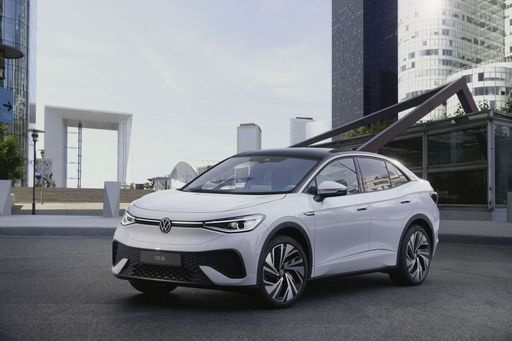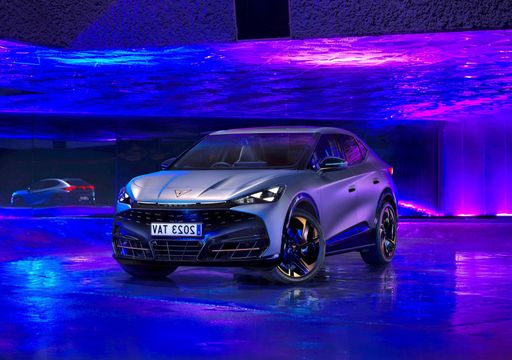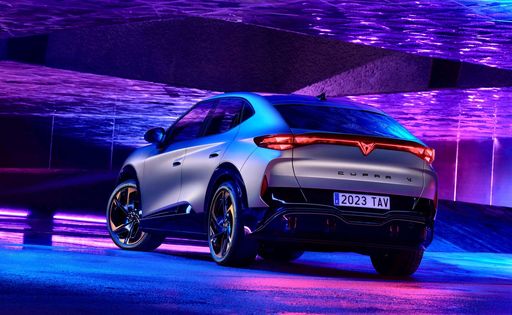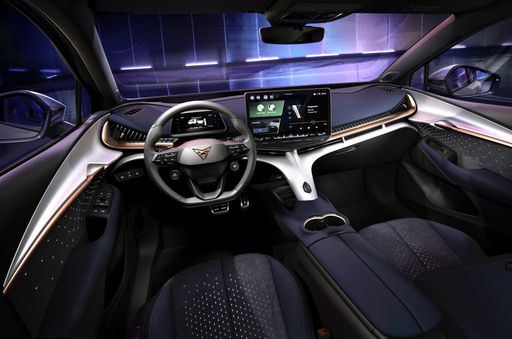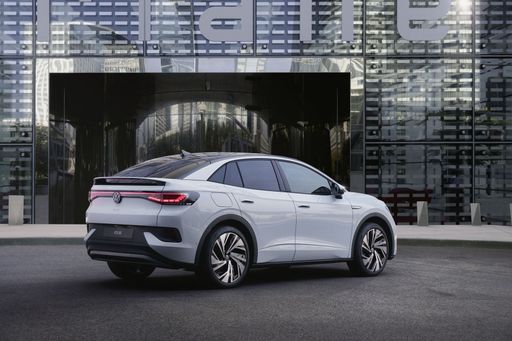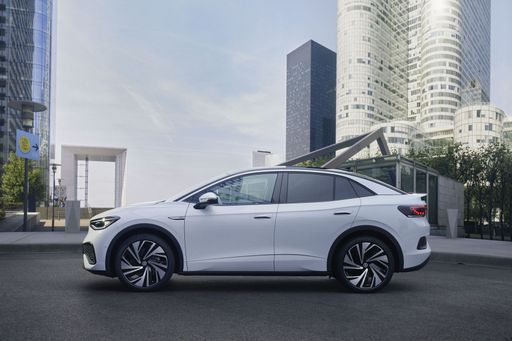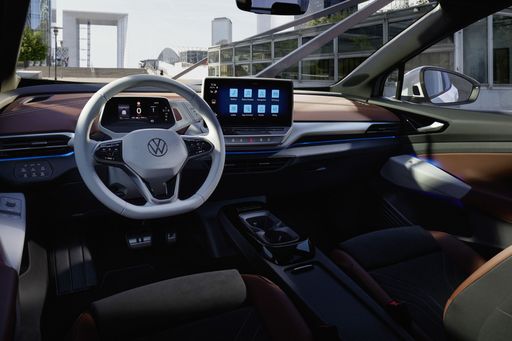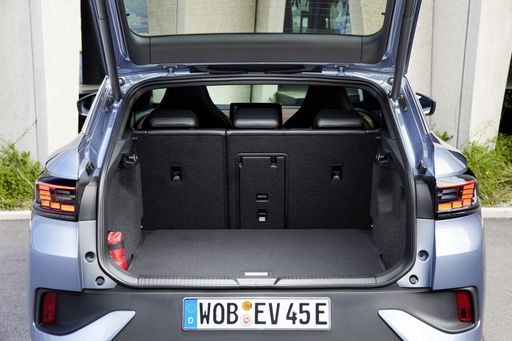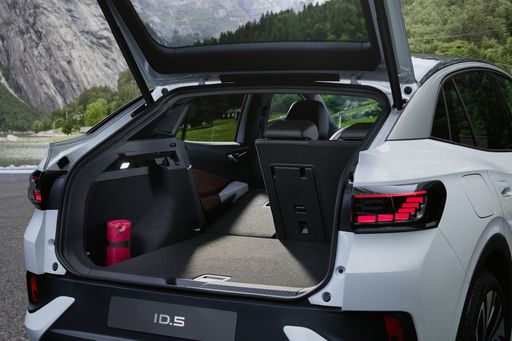Head-to-Head: CUPRA Tavascan vs. VW ID.5
The electric vehicle market is booming, and two of the most exciting contenders in the SUV segment are the CUPRA Tavascan and the VW ID.5. Both models promise performance, efficiency, and groundbreaking technology, but how do they stack up against each other? In this article, we’ll uncover the distinct technical aspects and innovations that set these two electric SUVs apart.

